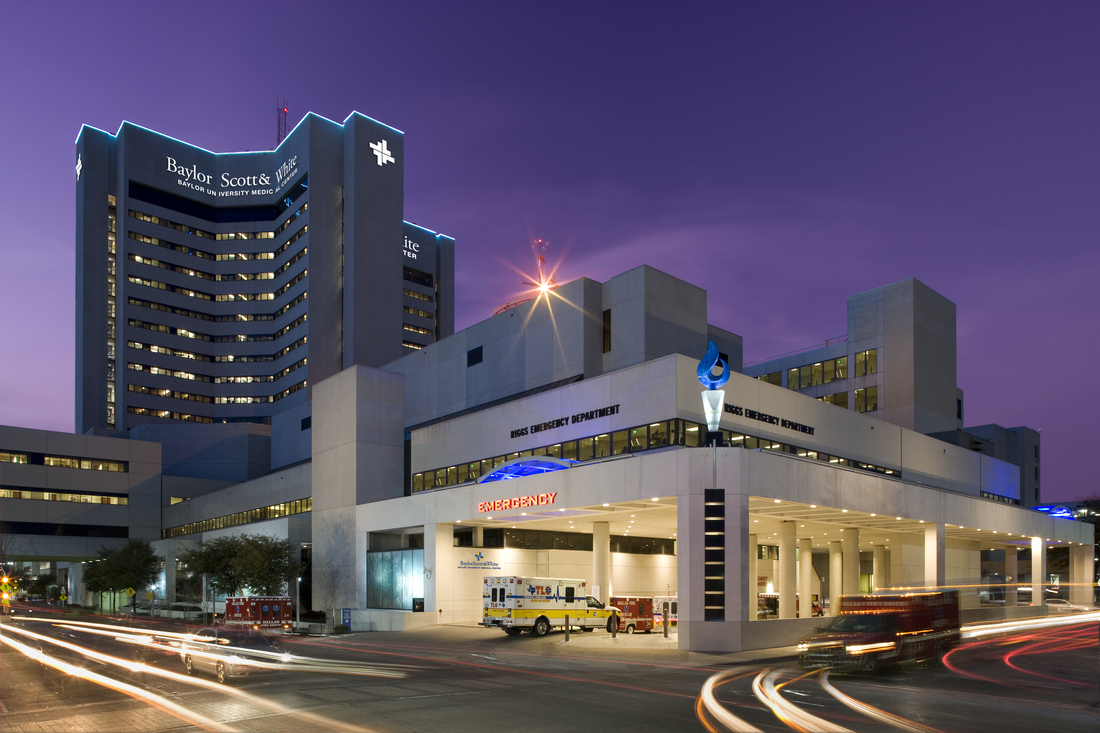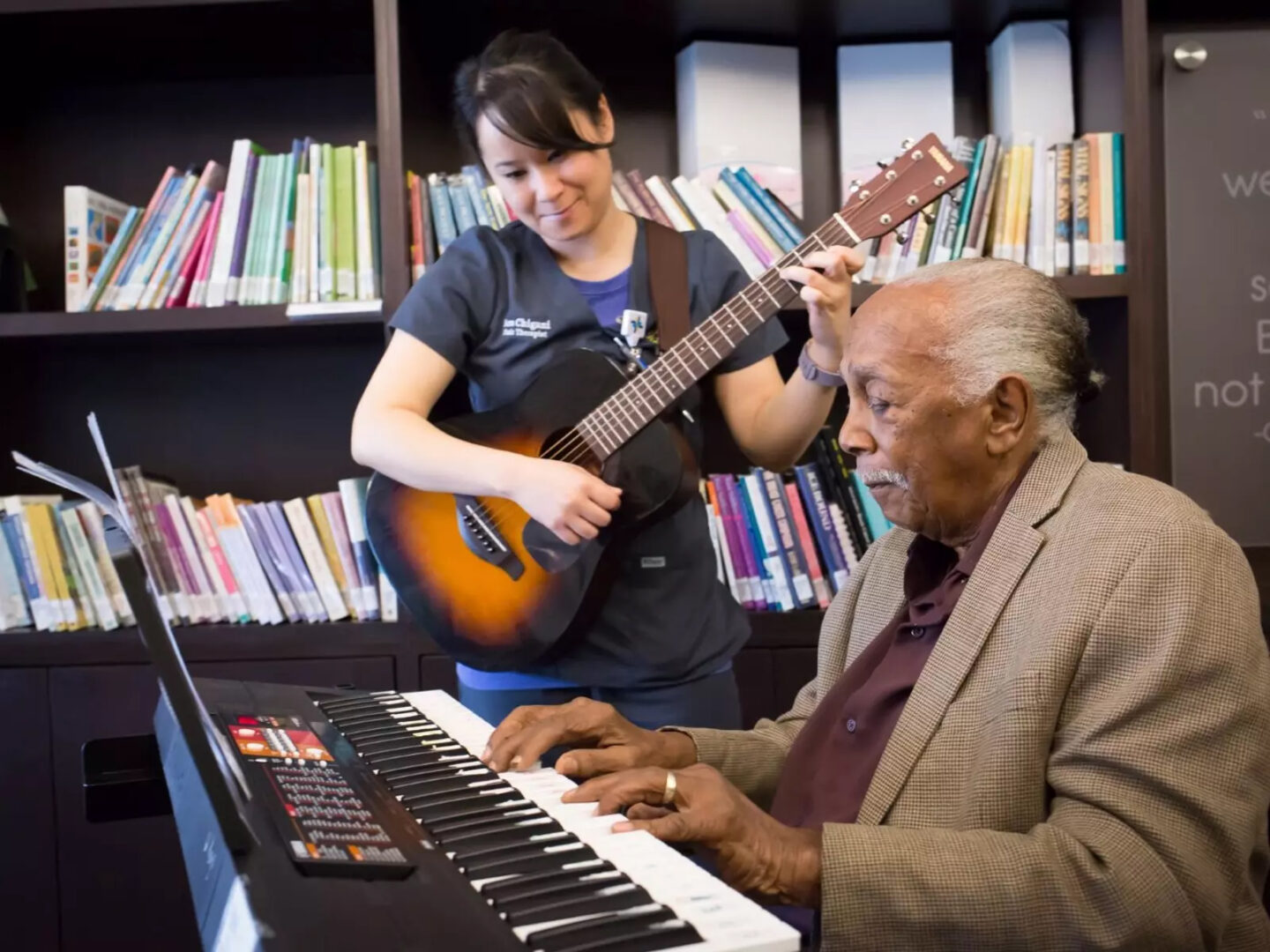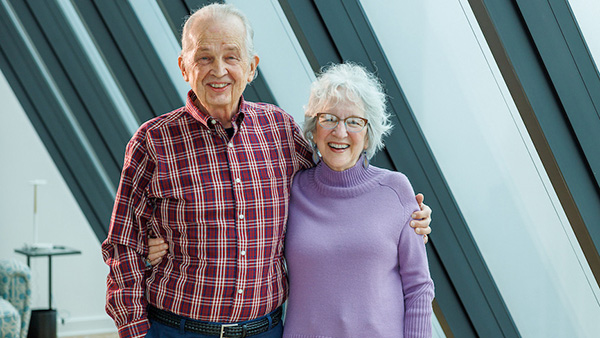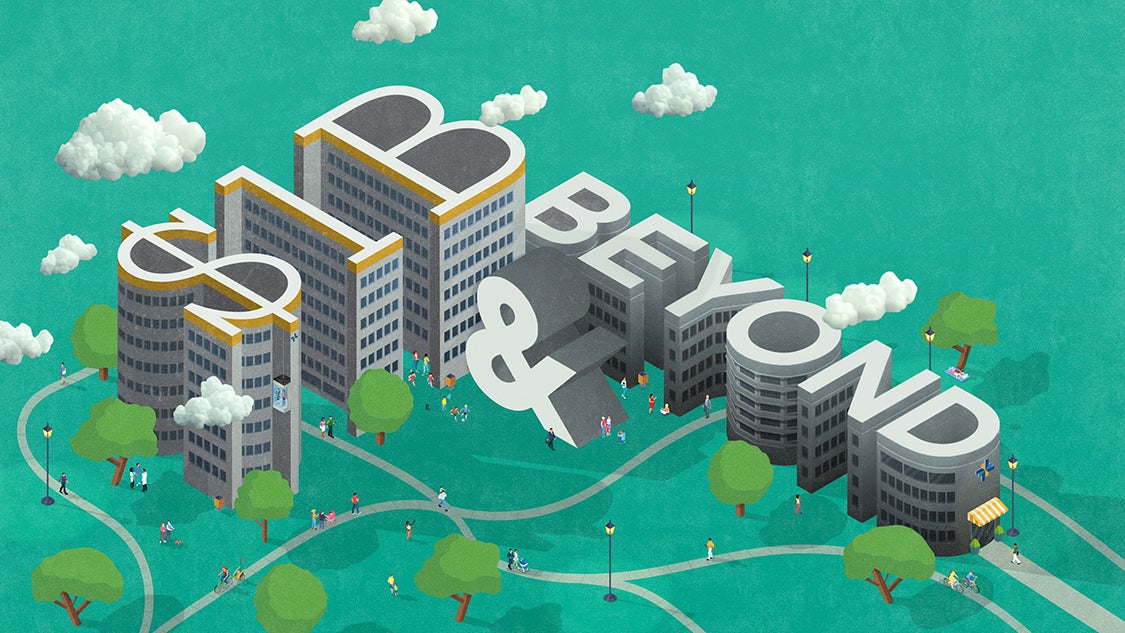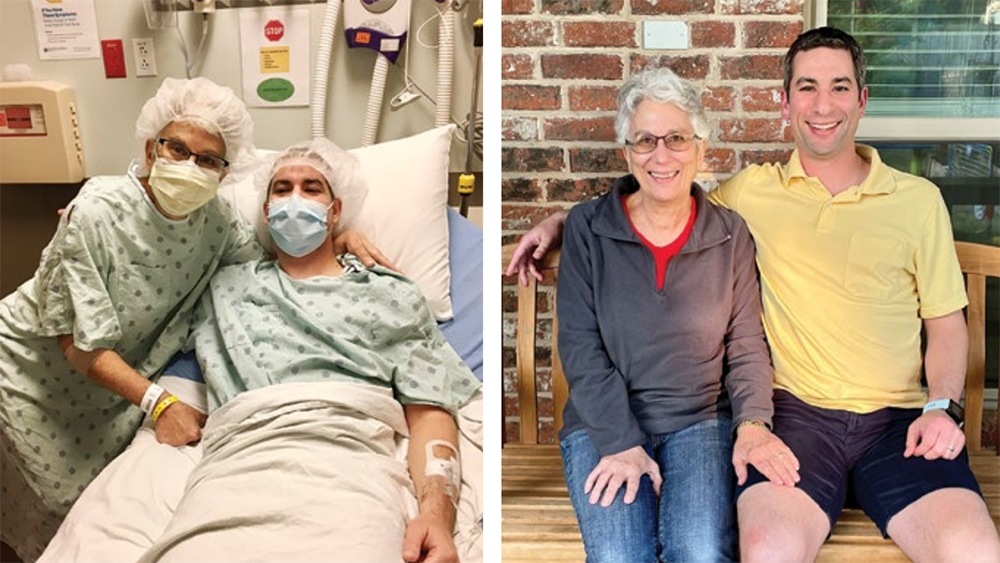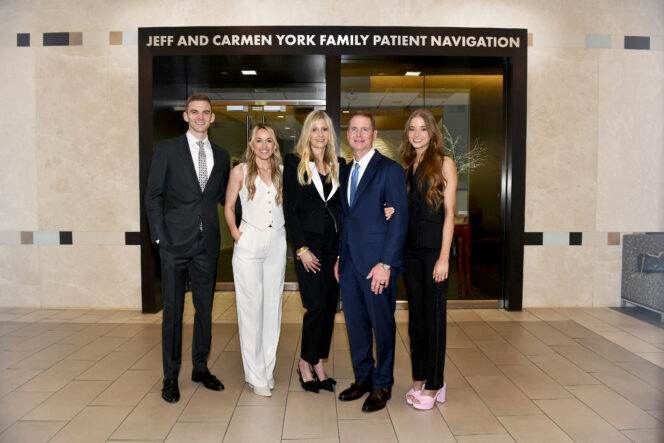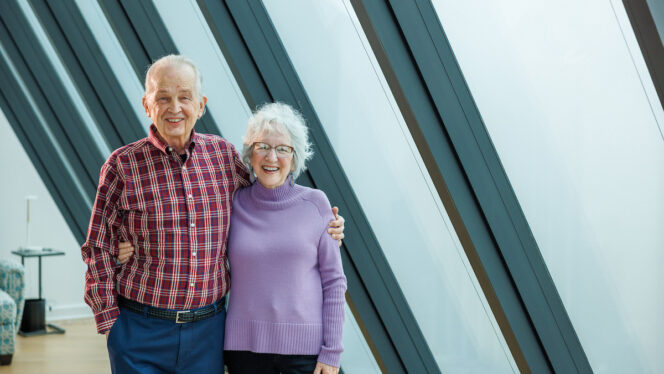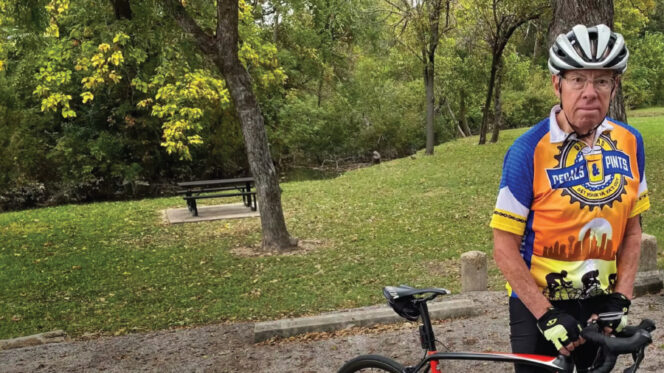In this Article
When Carol Jaster needed a liver transplant, both of her adult children stepped up to help.
In this Article
When Carol Jaster needed a liver transplant due to her autoimmune condition, both of her adult children stepped up to help—including offering to be a donor. While both her son and daughter have busy careers and families, giving their mom a second chance at life took priority.
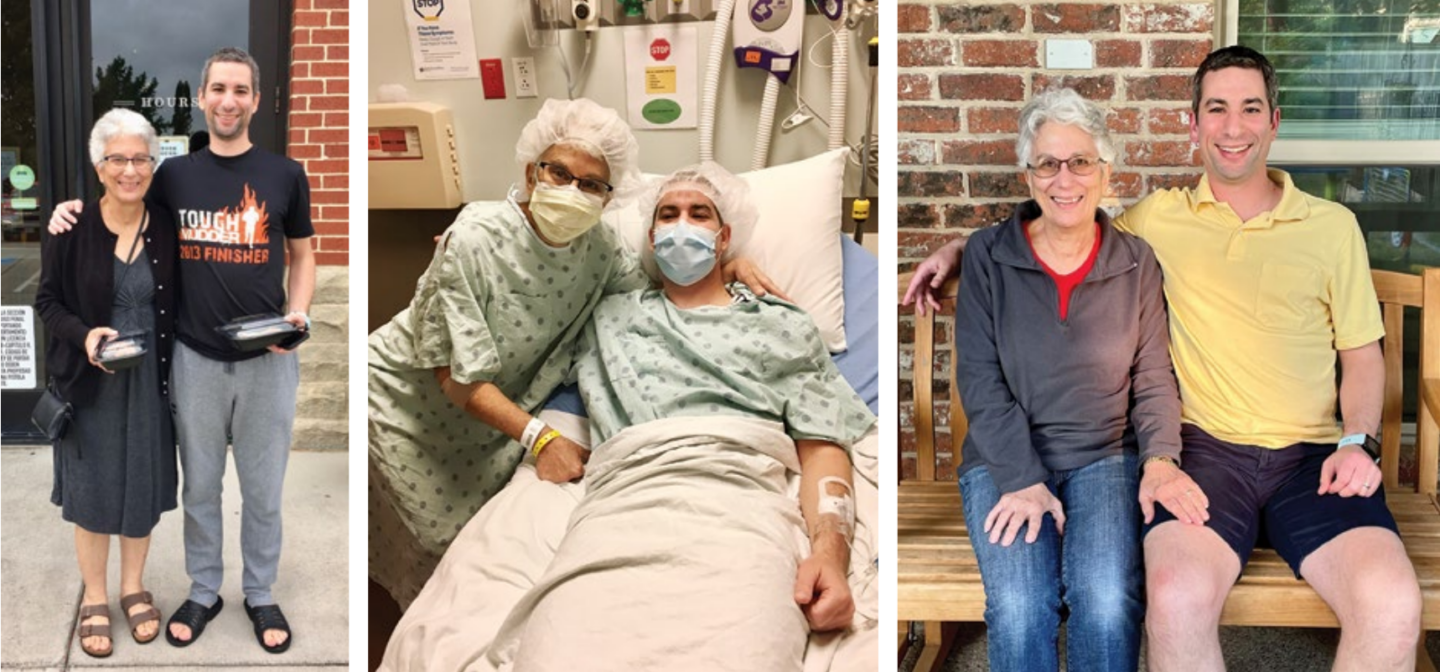
As a physician, Dr. Adam Jaster understood what would be involved in his mother’s transplant surgery, including the challenges that he would face with recovery while being the parent of a 1-year-old and a 3-year-old. Still, the siblings applied to be donors, and both came back as a match.
Living donor liver transplantation reduces the wait time for a new liver by allowing a person in need of a transplant to receive a portion of a healthy liver from a living family member, friend or other match. “Our blood types and anatomy were compatible for our mother,” he said. “But ultimately, my mom decided my sister would be the better caregiver during recovery. So, by default, I was
the living donor.”
In the time leading up to the surgery, Dr. Jaster prepared to take time away from work and care for family responsibilities. Along with his mom, he also got the support and guidance he needed from the team at Baylor University Medical Center, helping him feel confident in his choice to become a living donor and his options for the surgery.
“I had a lot of confidence in the transplant program at Baylor University Medical Center and the physicians who were taking care of my mother and me,” he said. “They explained all the risks. They answered all my questions in detail. I knew that a living donor liver was the best option for my mother, and the fact that my surgery would be done using a robotic device was also a plus.”
How robotic transplantation works
Baylor University Medical Center is a leader in robotic transplantation, according to Giuliano Testa, MD, MBA, FACS, chief of abdominal transplant for the Baylor Scott & White Annette C. and Harold C. Simmons Transplant Institute.
“Fewer than five transplant centers in the US are doing living donor hepatectomies,” Dr. Testa said. “We’ve done more than 20 to date. The more you use the robot for these complex surgeries, the better you get at it.”
The robot is used for all living kidney donors at the Dallas facility and at Baylor Scott & White All Saints Medical Center – Fort Worth. Since early 2022, living kidney transplant recipient operations are also benefiting from robotic technology, especially in higher BMI recipients. In addition, living donor operations in the uterus transplant program are all done robotically.
Through tiny incisions, robotic technology provides improved visualization with enhanced precision, which is critical. The minimally invasive organ retrieval technique allows surgeons to view the magnified procedure in 3D and results in smaller incisions, less scarring, less pain and an overall faster recovery for living organ donors.
Removing a uterus, kidney or part of a liver for living donation is still a very large and complex operation. Amar Gupta, MD, surgical director of liver transplantation, said potential donors like the idea of a more cosmetically appealing operation that doesn’t require a large lifelong scar. “Patients have the perception that donor surgery with a robot means less surgery, and this has a positive impact on their recovery,” Dr. Gupta said. “The less trauma during the surgery, the better the patient is.”
Removing a uterus, kidney or part of a liver for living donation is still a very large and complex operation. Amar Gupta, MD, surgical director of liver transplantation, said potential donors like the idea of a more cosmetically appealing operation that doesn’t require a large lifelong scar.
“Patients have the perception that donor surgery with a robot means less surgery, and this has a positive impact on their recovery,” Dr. Gupta said. “The less trauma during the surgery, the better the patient is.”
Back to normal life
As for Dr. Jaster, his recovery has gone well. At his one-year follow-up, he showed off his small scars and discussed how quickly he was able to get back into shape after the surgery. “It’s like it never happened,” he said.
He’s now back to toting around his toddlers and was happy to learn his liver was back to its original size. Most importantly, he’s thankful for more
time with his mom, who is thriving since the transplant.
Carol’s story highlights the selflessness of organ donors and the profound impact of living donor transplantation. It also underscores the role of advanced medical techniques, like robotic-assisted surgeries, in improving the outcomes of living organ transplantation. Philanthropy’s role in advancing research and care for transplantation has been instrumental in making these cutting-edge approaches accessible, ultimately fostering hope and saving lives for countless individuals in need of organ transplants.
For more information, contact
